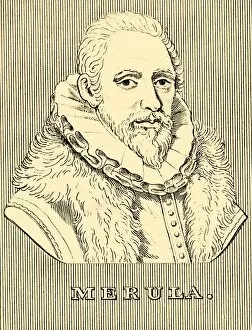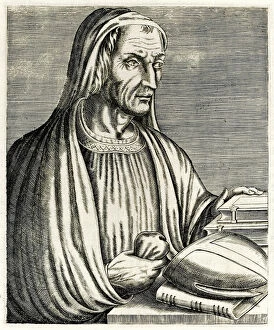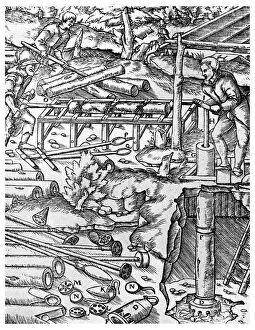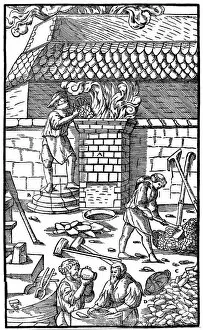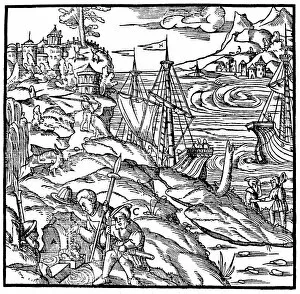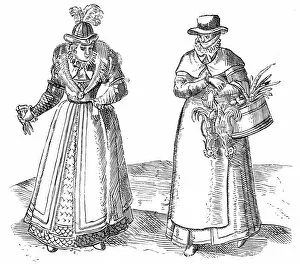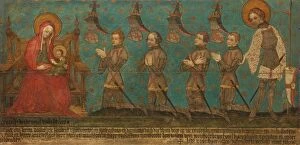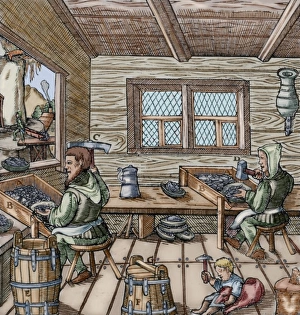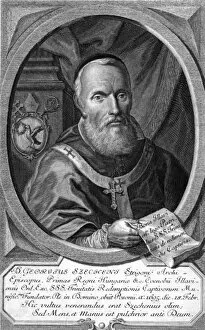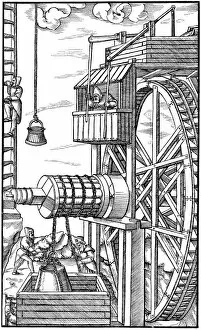Georgius Collection
Georgius, a name that echoes through history with its diverse associations
All Professionally Made to Order for Quick Shipping
Georgius, a name that echoes through history with its diverse associations. From the preface to Martial's Epigrammata by Merula, we catch a glimpse as an enigmatic figure from the 15th century. Merula, a renowned scholar of his time, introduces us to this mysterious character who remains shrouded in anonymity. Moving forward in time, we encounter Gregory of Tours' depiction in "True Portraits. . " by Andre Thevet. Here, Georgius takes on a more concrete form as he becomes part of The Fleet of Joris van Spilbergen reaching Brazil at Sao Vicente. A brave adventurer sailing across vast oceans, Georgius embodies the spirit of exploration and discovery. In another artistic portrayal titled "Georgius van Son, " an engraving captures his likeness for eternity. This image immortalizes him as someone worthy of remembrance and admiration. Delving into the realm of industry and innovation, we find Georgius involved in various endeavors such as silver refining and prospecting for metals during the 16th century. His expertise extends to mining techniques like using elm tree pumps to drain mines before steam engines revolutionized these processes. But it is not just industry that captivates Georgius; he also plays a role in shaping new settlements like Brisbane, Australia. As depicted in "The First House In Brisbane" artwork from 1886 attributed to him, he contributes to building communities and leaving lasting imprints on landscapes around the world. Georgius's versatility knows no bounds; he even masters ancient methods such as producing salt by evaporating natural brine over burning charcoal—a testament to his resourcefulness and adaptability. Lastly but certainly not least significant is our encounter with Georgius Agricola—an eminent German physician, mineralogist, and metallurgist from the 16th century. His contributions further solidify our understanding that there are multiple Georgiuses throughout history, each leaving their unique mark on the world.

